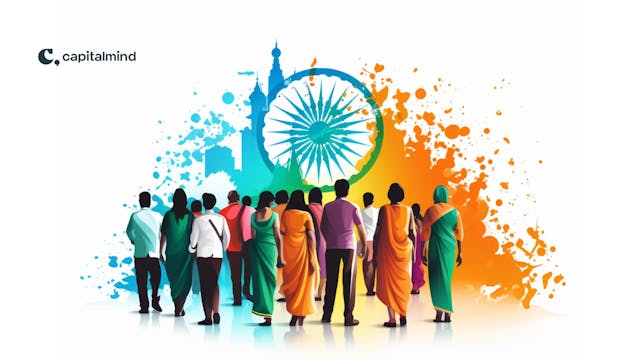Elevate your journey to wealth
Capitalmind PMS offers rigorous data-driven investment strategies geared to build long term wealth. Experience transparent, low-cost portfolio management tailored to free up your time for life's important moments.
Transform your wealth with trusted expertise
With a proven track record, we're the chosen stewards for hundreds of individuals, families and businesses, dedicated to realizing their financial vision.

Assets Under Management

Clients

Median Client AUM
First-principles Investment thinking
We blend data-driven strategies and quantitative techniques with qualitative research to manage risk and reward for long-term growth. Our tailored portfolio strategies help you diversify while controlling downside risks effectively.
Perspectives
Insights from first-principles thinking and analysis

Demystifying Momentum

The 12% Myth: Estimating Long-Term Equity Returns

India joins Global Bond Indexes: What it means and What it doesn't

Keep your investing identity small

On Market Timing: What if you were the luckiest investor in India?

Is Your Investment Manager a Marketer or a Challenger?

Missing the night, now that everything is bright

Where do Superhero stocks come from?
Capitalmind leadership
The leadership, with diverse backgrounds and expertise, has a common thread of integrity and commitment to creating a lasting financial success for you built on trust and transparency.
Meet our founder, Deepak Shenoy
In markets, money is made by having a position, not by standing outside the airplane wondering if it’s a good time to get in. We focus on the simple adage that markets are near impossible to forecast. Finding and sticking to the process that works for you is more than half the battle when it comes to investing successfully.

Money Wise: Timeless Lessons on Building Wealth
Wealth is not just about adding zeroes to your net worth but having enough to live an unconstrained life. Money Wise shows you the way. It cuts through the clutter of jargon and technical terms, leading you step by step on how to grow wealthy.

The Capitalmind Podcast
The Capitalmind Podcast applies first-principles thinking to unravel the layers of multifaceted topics. Co-hosted by Shray and Deepak, the show dissects important issues across business, economics and finance. They bring their expertise to illuminate the core factors, second-order effects and long-term impacts driving events.
Dive deep and elevate your perspectiveMake your money work as hard as you do.
Talk to a Capitalmind Client AdvisorInvesting is not one size fits all
Learn more about our distinct investment strategies and how they fit into your portfolio.
Learn more about our portfoliosUnlock your wealth potential
Start your journey today


